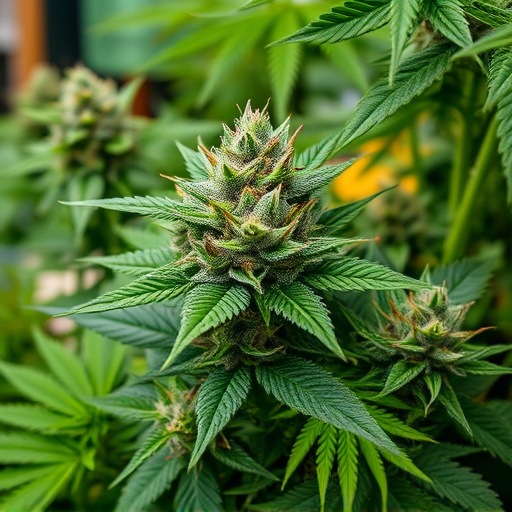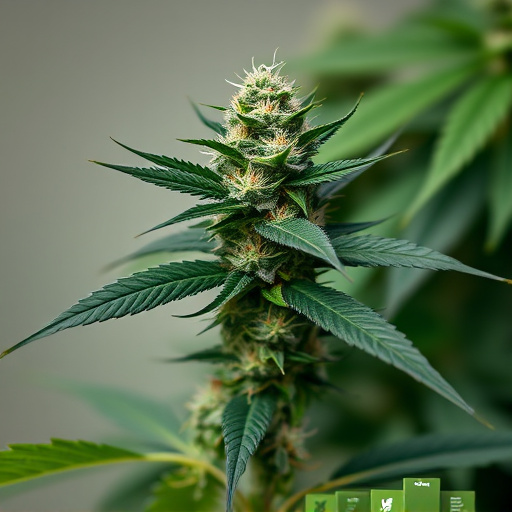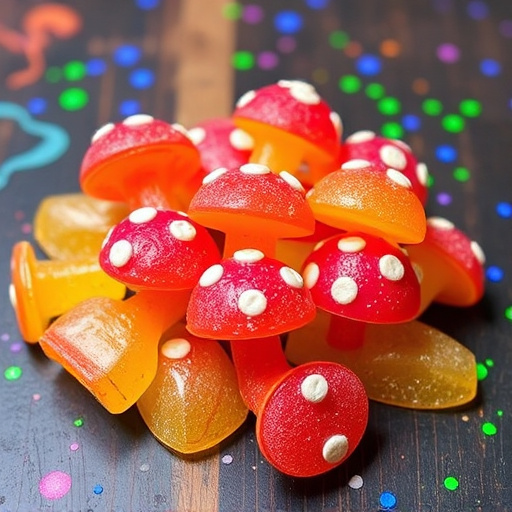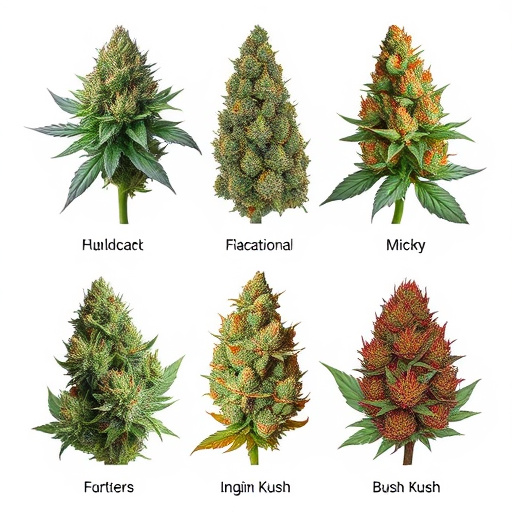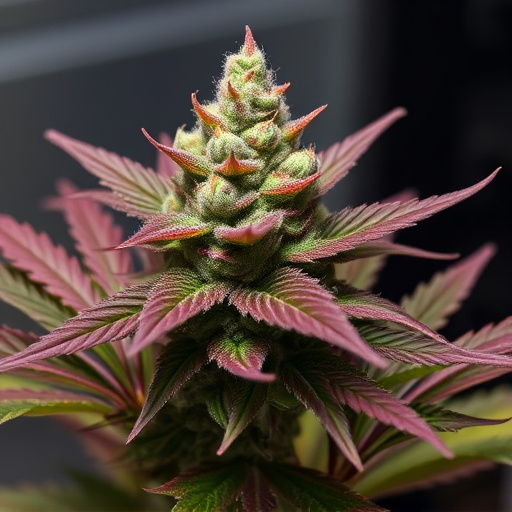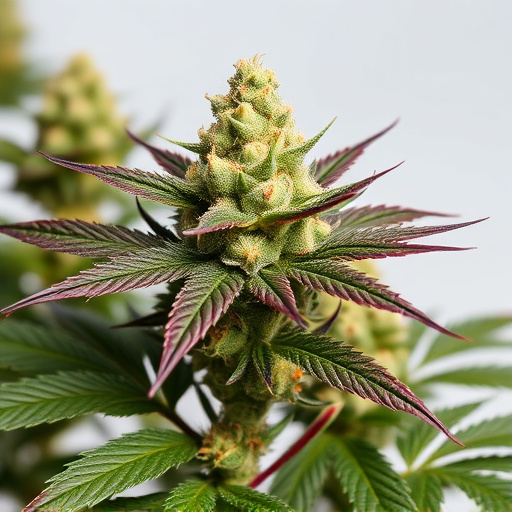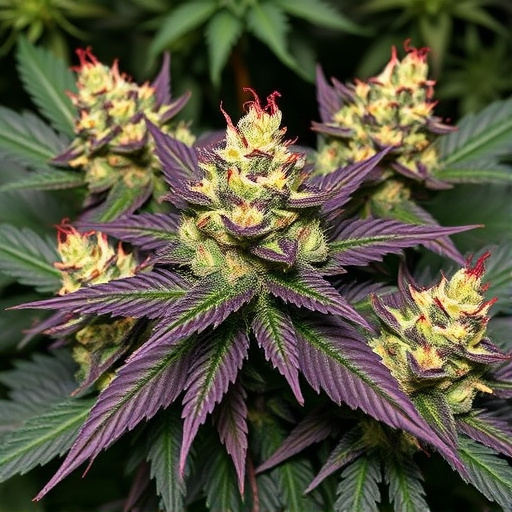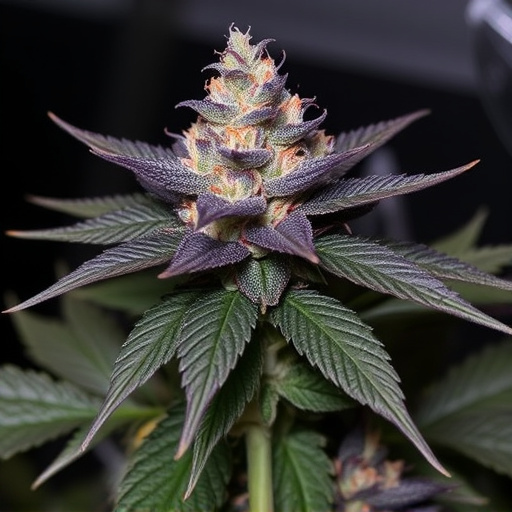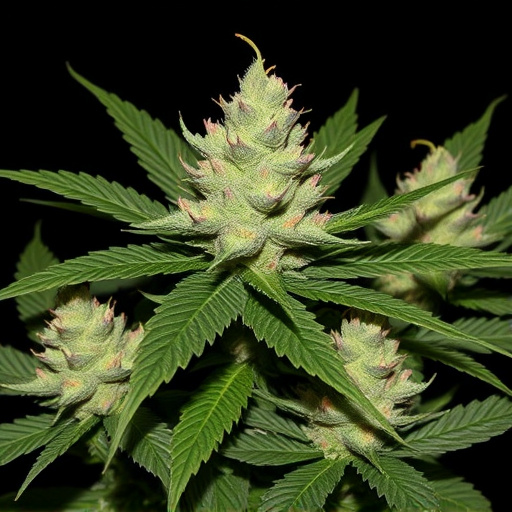Discover the soothing world of Indica kush strains, renowned for their relaxing effects and unique sensory experiences. Optimal growing conditions, including soil fertility, temperature control (20-26°C), and humidity management, unlock these strains' distinctive flavors and therapeutic benefits. Outdoor vs indoor cultivation significantly impacts flavor profiles, terpene compositions, and potency, highlighting the intricate relationship between genetics and environment in shaping Indica Kush characteristics.
The growing environment plays a pivotal role in shaping the quality, flavor, and potency of cannabis, particularly for renowned varieties like indica kush strains. This article delves into the intricate relationship between environmental factors—such as soil health, temperature, humidity, and light—and their profound impact on cannabis terpene profiles, yield, and plant morphology. Through case studies comparing outdoor and indoor-grown indica kush, we uncover how these elements can influence the final product, catering to diverse consumer preferences and medical applications.
- The Impact of Growing Environment on Cannabis Terpenes and Flavors
- – How soil quality, temperature, humidity, and light intensity influence flavor profiles
- – Case studies comparing outdoor vs indoor grown indica kush strains
The Impact of Growing Environment on Cannabis Terpenes and Flavors
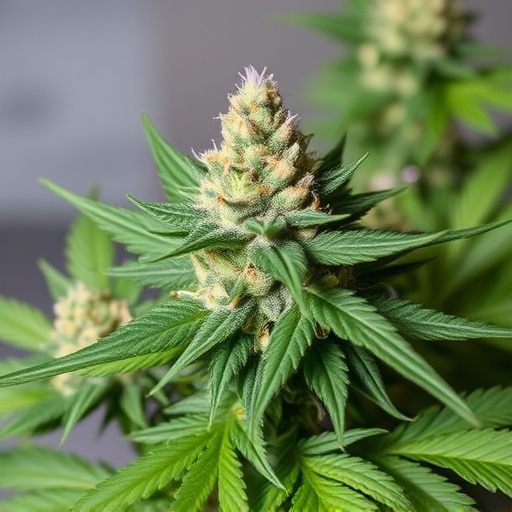
– How soil quality, temperature, humidity, and light intensity influence flavor profiles
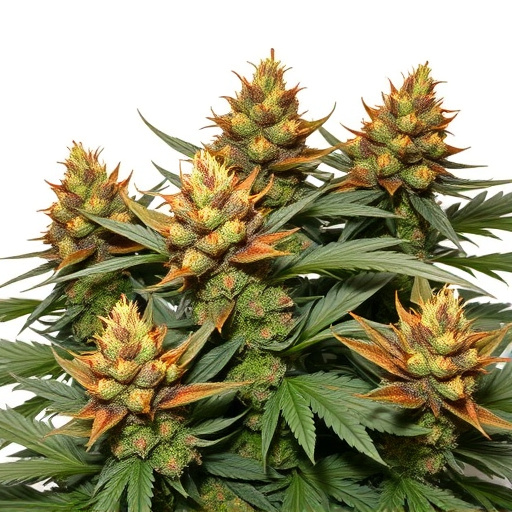
The growing environment plays a pivotal role in shaping the flavor profiles of cannabis plants, particularly for sought-after indica kush strains. Soil quality is a fundamental aspect; rich, well-draining soil provides essential nutrients that contribute to the plant’s overall health and taste. Nutrient-deficient soil can result in stunted growth and bland flavors.
Temperature, humidity, and light intensity also significantly influence cannabis production. Optimal temperatures between 20–26°C (68–79°F) promote robust plant development and enhance the synthesis of terpenes, responsible for the distinct aroma and taste characteristics of each strain. Humidity levels should be carefully controlled to avoid mold but maintain sufficient moisture, as too little or too much can negatively impact flavor. Light intensity is critical; adequate light promotes robust growth, while excessive light can lead to bitter flavors. Indica kush strains, known for their relaxing effects, often thrive in environments that mimic slightly cooler temperatures and higher humidity, allowing for the development of unique flavor notes.
– Case studies comparing outdoor vs indoor grown indica kush strains
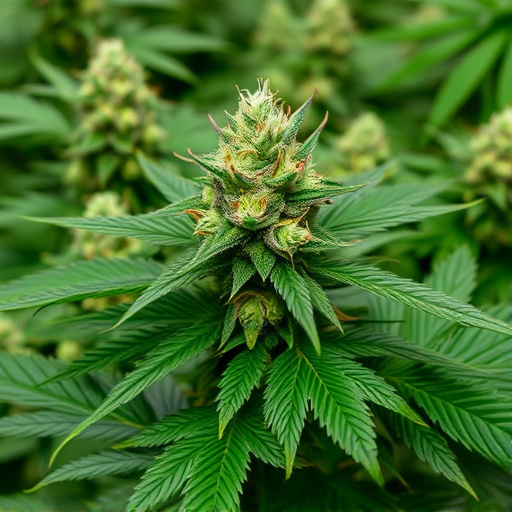
In the realm of cannabis cultivation, understanding how growing environments shape plant quality is paramount, especially for iconic strains like Indica Kush. Case studies comparing outdoor and indoor-grown Indica Kush strains reveal striking differences in flavor profiles, terpene compositions, and overall potency. Outdoor-cultivated Kush often develops richer earthy notes and a subtle pine aroma due to its exposure to diverse natural elements. These plants tend to have broader leaves and thicker stems, reflecting the strain’s adaptation to sunlight and outdoor conditions.
In contrast, indoor Indica Kush grown in carefully controlled environments may exhibit more intense flavors and elevated THC levels. Growers can manipulate lighting, temperature, and humidity to optimize plant development, resulting in denser buds with a diverse terpene profile. This controlled approach allows for precise cultivation, ensuring consistent quality and potency that outdoor strains might vary from season to season. Such comparisons highlight the intricate relationship between cannabis genetics and environmental factors, shaping the unique characteristics of Indica Kush strains across different cultivation settings.
The growing environment plays a pivotal role in shaping the quality of cannabis, particularly in terms of terpene profiles and flavors. Soil health, temperature regulation, humidity levels, and light exposure all contribute to creating distinct taste experiences. As demonstrated through case studies focusing on outdoor and indoor-grown indica kush strains, these environmental factors can significantly alter the flavor profiles, offering cultivators a powerful tool to craft cannabis with tailored sensory characteristics. Understanding these influences is essential for cannabis enthusiasts seeking optimal experiences and for cultivators aiming to produce superior indicia kush strains.

